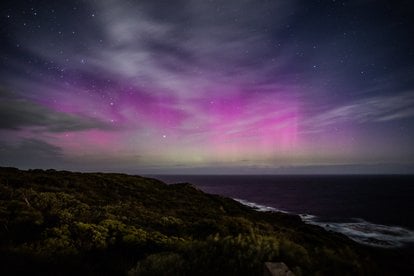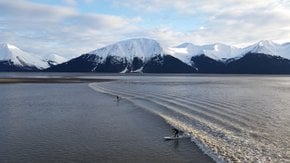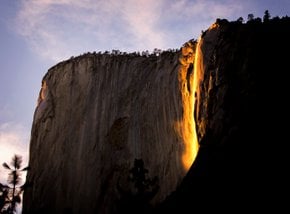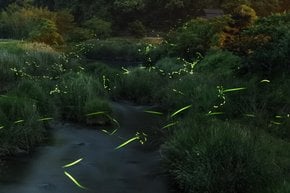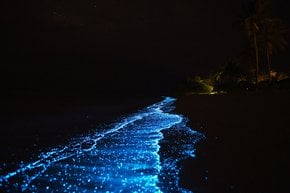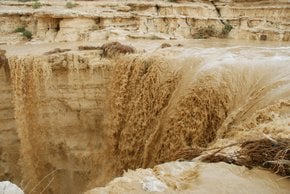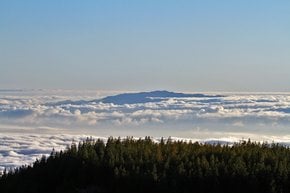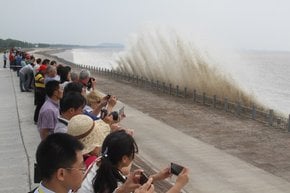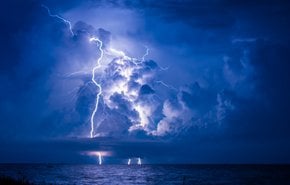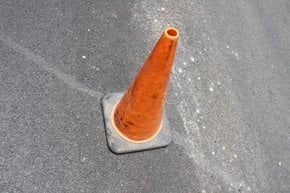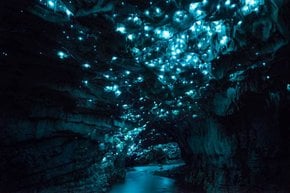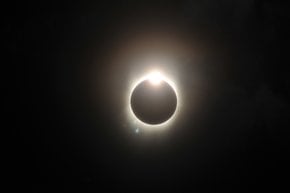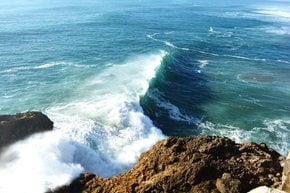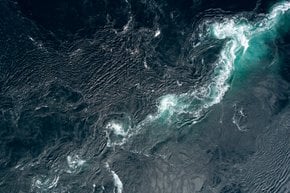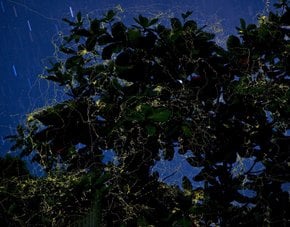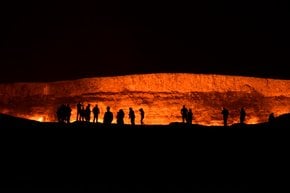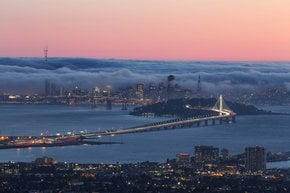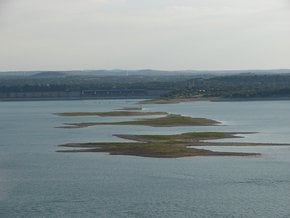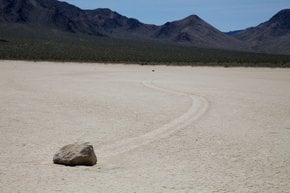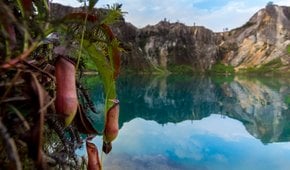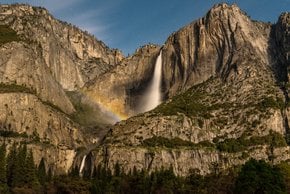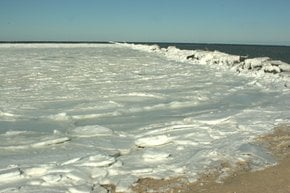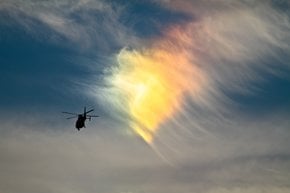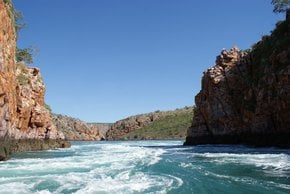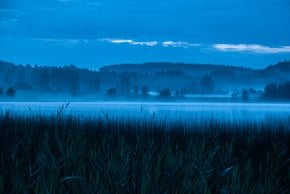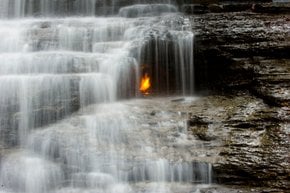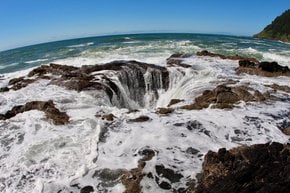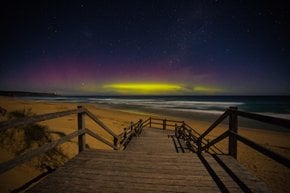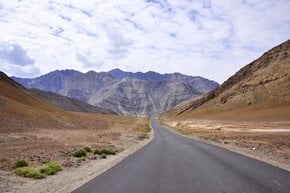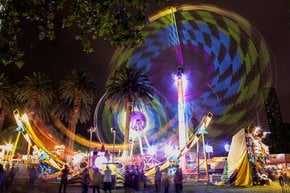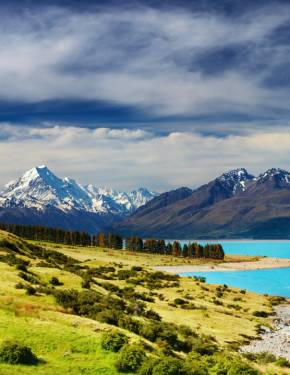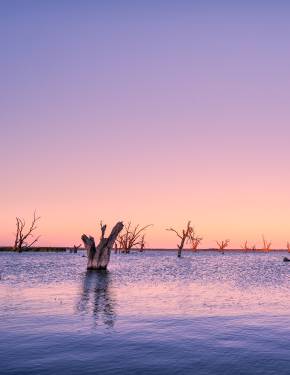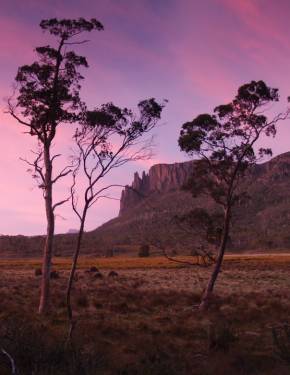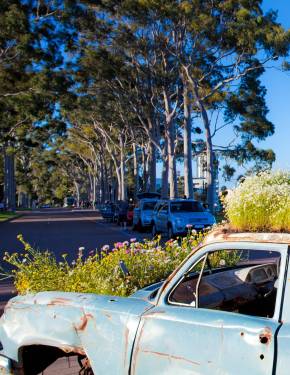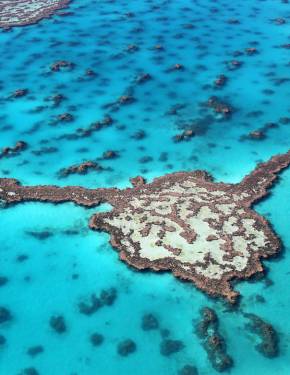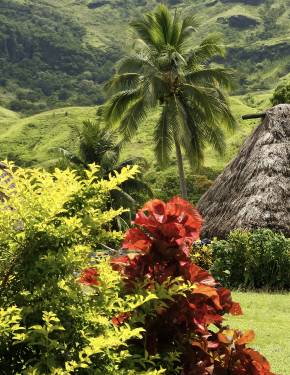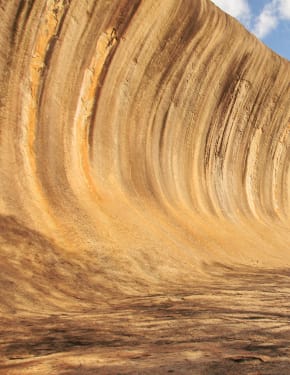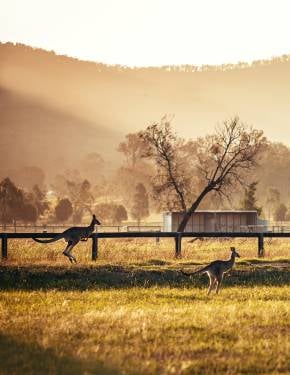Aurora Australis or Southern Lights in Melbourne 2026
Melbourne is one of the lucky cities to have quick access to the aurora-viewing spots
Best time: May–September
Only a few regions in the world boast an opportunity to spot the southern lights or aurora australis. The south shore of Australia is one of the few places for viewing the polar lights. The chances are lower than in the northern hemisphere as the land doesn't reach close enough to the South Pole. Yet, there are several excellent aurora-watching spots within a two-hour drive from Melbourne.
Best time to see the aurora australis in Melbourne
Chasing the elusive southern lights is always tricky as they are never guaranteed to appear. Technically, the polar lights can be seen at any time of the year. One of the key factors for aurora visibility is the clear, dark sky. Thus, chasing the aurora in winter, when nights are longer, promises a higher probability of seeing the mysterious light performance. For longer, darker nights, aim for season May to August. Aurora activity often peaks around the equinox. Whatever season you pick, make sure to check the local aurora forecast and be patient.
Where to see the aurora australis near Melbourne
Melbourne is the largest city in Victoria, so it’s not easy to find dark-sky spots in the city. For the aurora australis hunt, you will need to travel outside Melbourne wherever there’s an uninterrupted horizon view facing south. Mornington Peninsula One of the favorite aurora spots is Cape Schanck, some 60 mi (100 km) south from Melbourne. The cape is the southernmost tip of the Mornington Peninsula. If you want to spend a day or two in the area, you can also visit the Cape Schanck Lighthouse with a museum, take the Bushrangers Bay Nature Walk, climb up to Pulpit Rock at the tip of the cape. On a lazy day, enjoy a barbecue at The Pines Picnic Area and take a dip in the thermal mineral waters of Peninsula Hot Springs. Another aurora destination on the southern coast of the Mornington Peninsula is Flinders, about 1.5 hours from Melbourne. This seaside town boasts rocky cliffs, a great landscape for the southern lights spotting. For the magnificent views of the rocky coastline and Bass Straight, head to the Blowhole Lookout, off Borneo Road between Flinders and Cape Schanck. From the lookout, take the Flinders Blowhole Walking Track to reach the ocean. Flinders also offers scuba diving and several excellent beaches, so it's a great weekend getaway option. Phillip Island About two hours from Melbourne, you can reach Phillip Island, a great spot for chasing the aurora. The island has several natural areas with lower levels of light pollution: Churchill Island Marine National Park, Nobbies Centre, and Phillip Island Nature Parks. By day, you can spend a day exploring the Bass Strait beaches and visiting a koala conservation center. At sunset, you can witness one of the cutest "shows" of the continent—the Phillip Island penguin parade. Point Lonsdale To reach another dark-sky spot, Point Lonsdale, you would need to drive for about 1.5 hours southwest of Melbourne. Besides the aurora australis views, you could take a tour to Point Lonsdale Lighthouse. The landmark sits on the headland overlooking the notorious rip—the entry passage from the Bass Strait to the Port Phillip Bay, the only way to access Melbourne by sea. Anglesea Moving further southwest away from Melbourne and past Point Lonsdale, you will reach Anglesea. This coastal town is surrounded by the undeveloped Anglesea Heath on one side and by Port Addis Marine National Park on the other. This position prevents Anglesea from overgrowing and preserves the dark skies above, which is one of the key ingredients for successful aurora hunt. Aireys Inlet Further southwest down the coast, you will reach a hamlet with a population of fewer than 1,000 people—Aireys Inlet. The area is home to the Split Point Lighthouse and boasts miles of coastline, parts of which are under protection. Limited light pollution promises higher chances of seeing the southern lights. From Aireys Inlet, you can continue driving down the Great Ocean Road to other communities where you could spend a night or two gazing skywards. In the Melbourne area There are several aurora-viewing locations closer to the city of Melbourne, but light pollution is higher. The coast near Melbourne oversees Port Phillip Bay, so if you head to the sanctuaries and smaller communities, you might be lucky to see the flickers of the southern lights. Ricketts Point Marine Sanctuary is within a half-hour drive southeast from the city, just near Beaumaris. The area is bordered by sandstone cliffs, which are now formed into a series of platforms, offshore reefs, and sea caves. The area boasts rich marine life, so you can spend a few extra hours here. A 30-minute drive southwest of Melbourne can take you to places like Werribee South and Point Cook, close to Point Cooke Marine Sanctuary with an open horizon over Port Phillip Bay.
What can you expect?
The aurora "lady" isn't that easy to catch. Some travelers get disappointed when they try to see the aurora australis from mainland Australia. To the naked eye, the southern lights look more like a white flickering light. For more vivid colors and sharper shapes of the elusive lights, bring a camera capable of taking long exposures and a tripod. Low expectations and patience might be your best friends on the aurora-chasing night.

